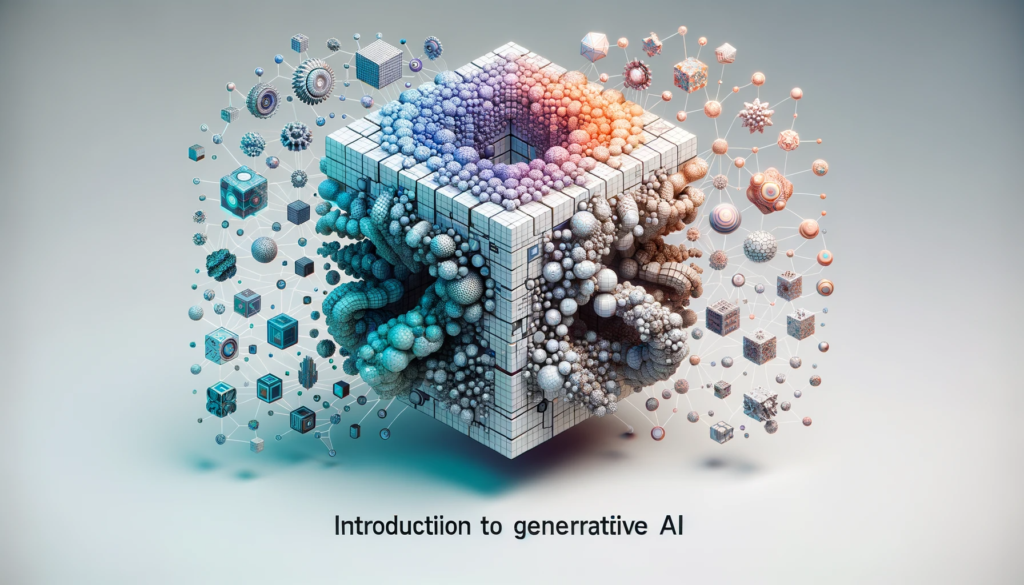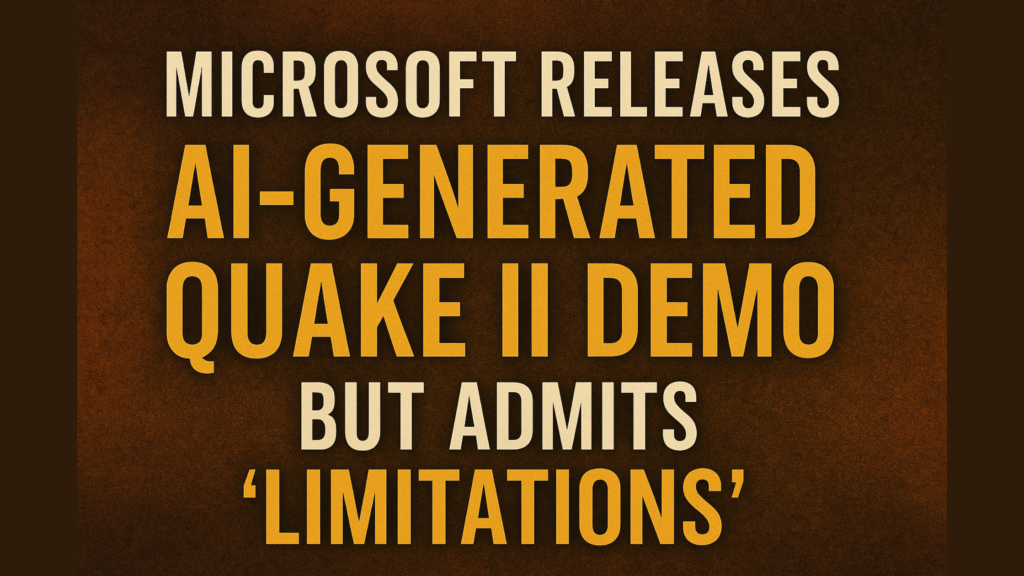Table of Contents
- Introduction
- AI Search Revolution: Perplexity AI
- Coding Education Trends: LeetCode and Beyond
- AI in Financial Forecasting
- The Rise of Open-Source AI: DeepSeek
- Specialized AI Applications
- Conclusion
Introduction
The technology landscape in 2025 is witnessing unprecedented advancements in artificial intelligence (AI). With rising venture capital investment and a growing number of open-source tools, AI is reshaping industries from search and education to finance and research. This article highlights the most important AI trends defining the current year.
AI Search Revolution: Perplexity AI
One of the biggest disruptors in the AI space is Perplexity AI. Valued at $14 billion after a $500 million funding round led by Accel, Perplexity is redefining online search. Unlike Google, it delivers direct, summarized answers instead of long lists of links.
The platform’s monthly searches crossed 4.4 million in March 2025, marking a 66% growth over the past year. This rapid rise signals a growing user shift toward AI-powered search experiences.
In a strategic move, Perplexity plans to launch its own browser, Comet, challenging Google Chrome and Safari by offering integrated AI-driven search capabilities.
Technical Innovations Behind Perplexity
- Multi-Model Architecture: Uses GPT-4, Claude 3, Mistral Large, and proprietary LLMs.
- Two Modes: Quick Search for instant answers and Pro Search for deeper queries.
- Real-Time Web Indexing: Access to the latest news and updates.
Coding Education Trends: LeetCode and Beyond
LeetCode remains a go-to platform for coding interview preparation with over 3,525 questions spanning arrays, graphs, and dynamic programming. It supports languages like Python, Java, and C.
In 2025, LeetCode also adopted Huawei’s Cangjie programming language for its Chinese audience, demonstrating adaptability to new technologies.
Shift Toward Project-Based Learning
While LeetCode remains popular, many AI-focused employers are shifting towards candidates with project-based experience. Building AI apps, contributing to open-source projects, and real-world coding challenges are becoming key indicators of job readiness for AI roles.
AI in Financial Forecasting
AI’s use in stock market prediction has surged, but not without challenges. Deep learning models like LSTMs and CNNs have been tested, but research shows limited real-world accuracy, especially in noisy financial environments.
A study on the Tehran Stock Exchange highlighted that many AI models generate false positives when lacking proper temporal context. Even with advanced CNN architectures, the unpredictable nature of markets remains a hurdle for AI-driven forecasting tools.
The Rise of Open-Source AI: DeepSeek
DeepSeek, a Chinese startup, is making waves with open-source AI models like DeepSeek-R1 and DeepSeek-V3, rivaling GPT-4 in capability.
Key Features of DeepSeek:
- Open-source and available on GitHub and Hugging Face.
- No user registration or usage limits.
- Efficient Mixture-of-Experts architecture reduces training costs.
- Popular for code generation, academic research, and multilingual chat.
This trend marks a significant shift toward democratizing AI development, giving developers free access to high-performance LLMs.
Specialized AI Applications
AI adoption is expanding into niche sectors:
- Astronomical AI bots for space research.
- AI tools for academic conference planning (e.g., NAACL 2025).
- AI in education tools and academic research platforms.
Another trending topic is Safe Superintelligence, reflecting growing public interest in AI safety and ethical AI development frameworks.
Conclusion
The 2025 AI ecosystem is characterized by rapid innovation and diversification. From search engine disruptions by Perplexity AI to open-source revolutions led by DeepSeek, the year is shaping up to be pivotal for AI accessibility and application.
While platforms like LeetCode continue to support foundational coding skills, project-based learning and real-world AI implementation are becoming increasingly critical for job seekers. Financial forecasting with AI remains challenging, but research continues.
As democratization continues, expect to see more open-source models, increased AI investment, and domain-specific AI tools entering the mainstream.

